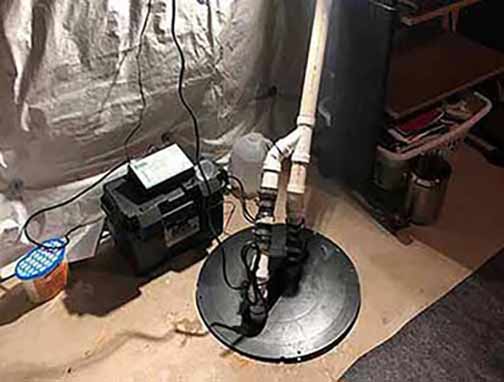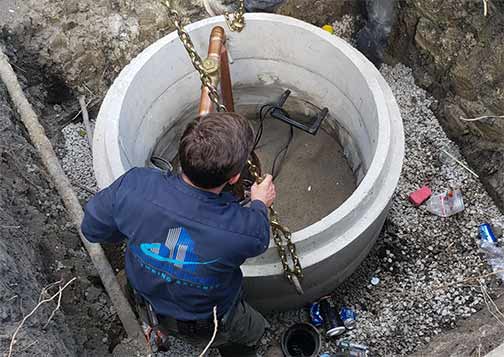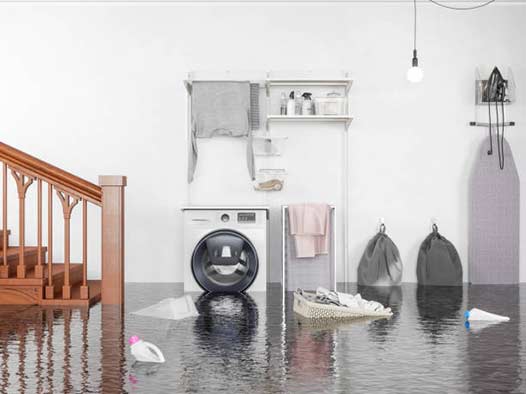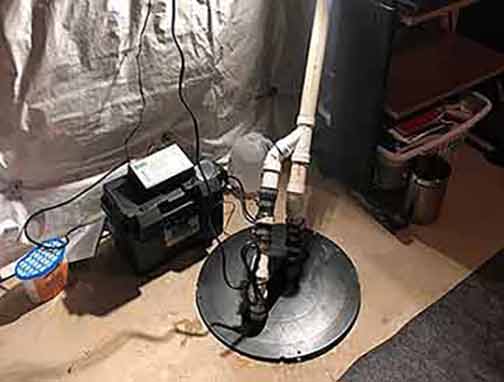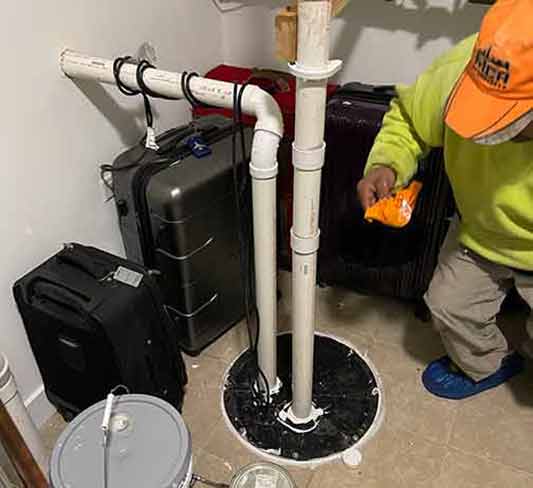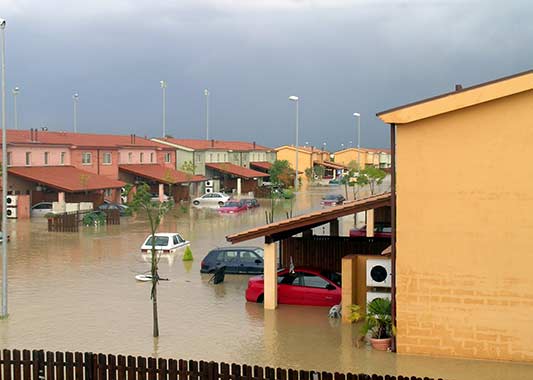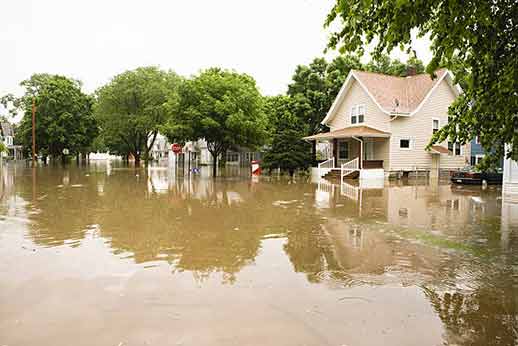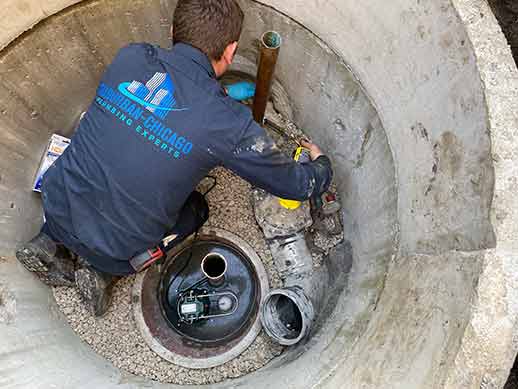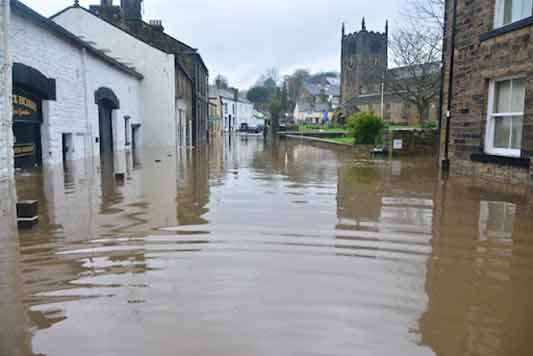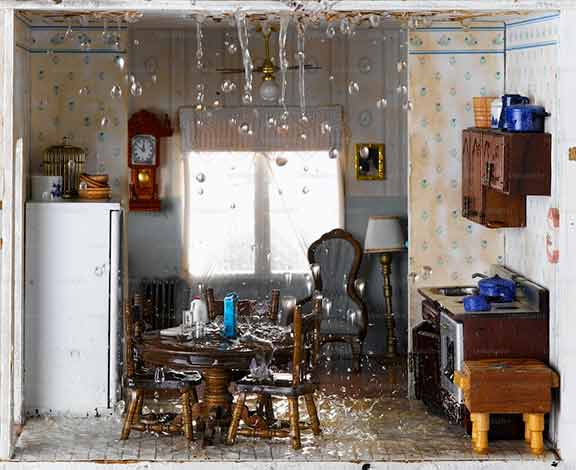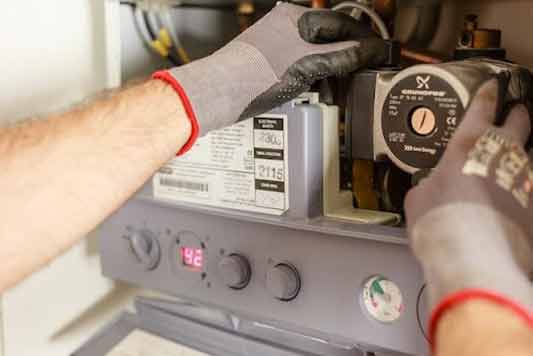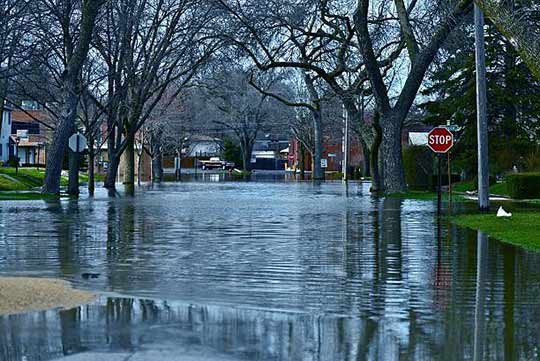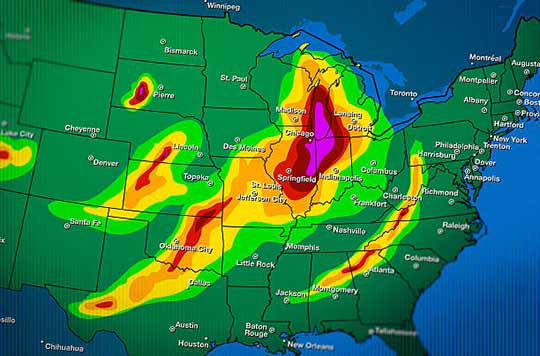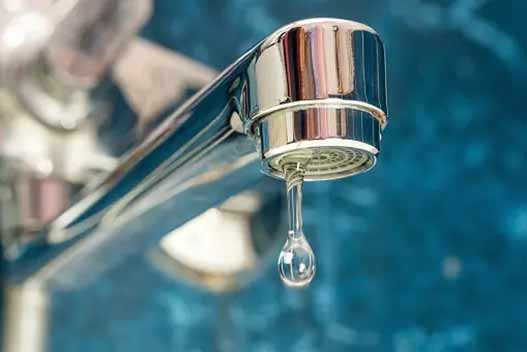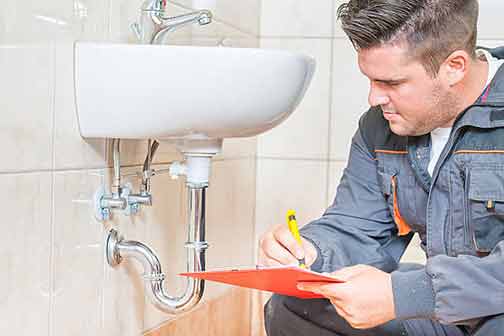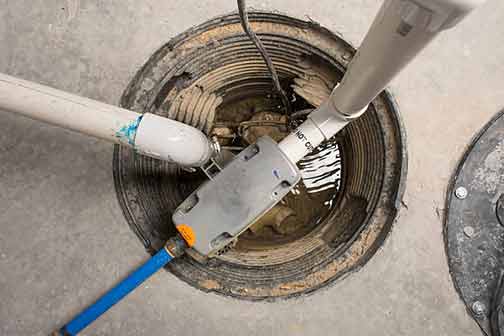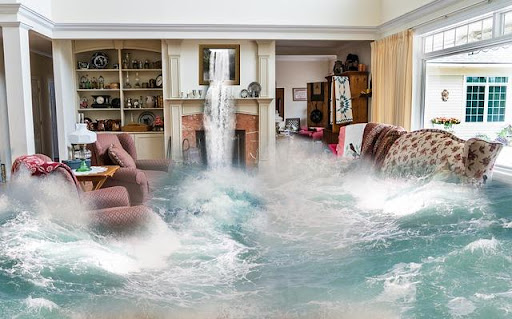Living in Naperville, with its picturesque landscapes and proximity to water bodies like the DuPage River, offers a serene lifestyle. However, with such proximity comes the risk of flooding, especially during heavy rainfall or snowmelt. That is why some residents prefer to relocate to downtown Chicago or other parts of Illinois. However, moving is not always an option, plus you can protect your property in Naperville against floods. Investing in a residential flood control system is an effective way to do this. In this article, we’ll explore the numerous benefits of installing such a system and why it’s a wise decision for homeowners in this city.
Protection Against Water Damage
One of the primary benefits of a residential flood control system is its ability to protect your property against water damage. Naperville experiences heavy rains and occasional flooding, which can damage your home’s foundation, walls, flooring, and belongings. So, a flood control system helps mitigate this risk by diverting excess water from your property, thus preventing water intrusion and potential damage.
Preservation of Property Value
Maintaining the value of your home is essential for long-term investment purposes. Flooding can significantly decrease property value due to the damage it causes and the associated risks. By installing a flood control system, you’re taking proactive measures to safeguard your property’s value. Potential buyers will appreciate the added protection against flooding, making your home more attractive in the real estate market.
Alternatively, if you just bought a property in Naperville, you should first figure out the logistics of your relocation. With Best Long Distance Movers, this task can be much less demanding and stressful due to their extensive database of vetted long-distance moving companies. This website lets you find a moving company best suited to your needs. Once you complete this task, don’t waste any more time and install a flood control system. As such, you can ensure the safety and value of your new property.
Insurance Premium Reduction
Homeowners’ insurance policies often offer discounts for properties equipped with flood control systems. Investing in such a system protects your home and potentially lowers your insurance premiums. Insurance companies view flood control systems as risk-reducing measures, leading to cost savings for homeowners over time. Consult with your insurance provider to explore potential discounts for installing a residential flood control system.
Peace of Mind
Living in a flood-prone area can be stressful, especially during severe weather events. However, having a residential flood control system provides peace of mind. You can rest assured that your family and belongings are safe, even during heavy rainfall or snowmelt periods. This sense of security enhances your overall quality of life and reduces the anxiety associated with unpredictable weather conditions.
However, if you still cannot overcome the stress induced by the risk of flooding, you might want to consider moving to downtown Chicago or a different part of Illinois. In the latter case, long-distance movers in Chicago can help you reach your destination safely. Just make sure you pick a reliable company.
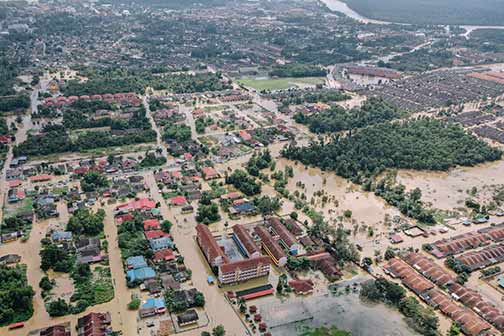
Ensure peace of mind by installing a flood control system on your property in Naperville.
Prevention of Mold and Mildew
Excess moisture from flooding can create an ideal environment for mold and mildew growth in your home. Not only are mold and mildew unsightly, but they can also pose health risks to you and your family, especially those with respiratory issues or allergies. A residential flood control system helps prevent water intrusion, thereby reducing the likelihood of mold and mildew formation. Maintaining a dry environment promotes a healthier living space for your loved ones.
Minimal Disruption to Daily Life
Dealing with the aftermath of a flood can be disruptive and time-consuming. From water extraction and cleanup to repairing damaged structures, the process can disrupt your daily life for weeks, if not months. However, investing in a residential flood control system minimizes the likelihood of experiencing such disruptions. By proactively preventing flooding, you can continue your daily routines without the added stress and inconvenience of dealing with extensive water damage.
Compliance with Building Regulations
In some areas, including Naperville, local building codes may require homeowners to implement flood control measures, especially if their properties are within designated floodplains. Installing a residential flood control system ensures compliance with these regulations, avoiding potential fines or penalties for non-compliance. Moreover, adhering to building codes demonstrates your commitment to safety and environmental responsibility, enhancing your reputation as a conscientious homeowner.
Long-Term Cost Savings for Your Property in Naperville, IL
While the initial investment in a residential flood control system may seem significant, it offers substantial long-term cost savings compared to the expenses associated with flood damage repairs and restoration. By preventing flooding, you avoid the need for costly repairs to your home’s structure, foundation, and interior components. Additionally, you save money on potential mold remediation and replacement of damaged belongings. Over time, the cost of installing a flood control system proves to be a wise financial decision.

By preventing flooding, you avoid the need for costly repairs to your home’s structure, foundation, and interior components.
Customizable Solutions
Residential flood control systems come in various types and configurations, allowing homeowners to choose a solution that best fits their property’s unique needs and layout. Whether you opt for sump pumps, flood barriers, or French drains, there’s a customizable solution available to address your specific flood risk factors. Speaking with a reputable flood control system provider ensures you receive tailored recommendations and professional installation services for optimal protection.
Contribution to Environmental Conservation
By preventing flooding and reducing water runoff from your property, a residential flood control system contributes to environmental conservation efforts. Excessive stormwater runoff can lead to soil erosion, pollution of water bodies, and habitat destruction for aquatic life. Managing stormwater helps preserve local ecosystems and promotes sustainable land use practices. Investing in flood control aligns with Naperville’s commitment to environmental stewardship and community resilience.
Conclusion
Investing in a residential flood control system offers numerous benefits for homeowners in Naperville. By taking proactive measures to mitigate the risk of flooding, you ensure the safety and well-being of your family while safeguarding your property in Naperville. Speak with a trusted flood control system provider or professional plumber in Naperville to explore tailored solutions that meet your property’s unique needs and enjoy the long-term benefits of flood protection.

